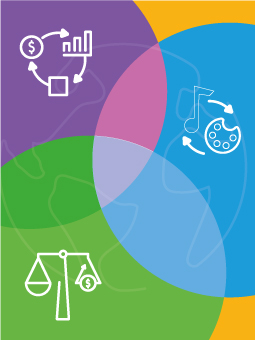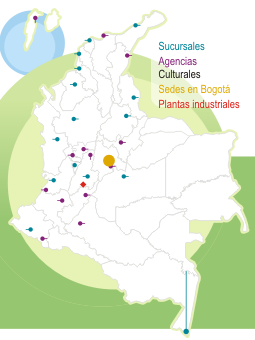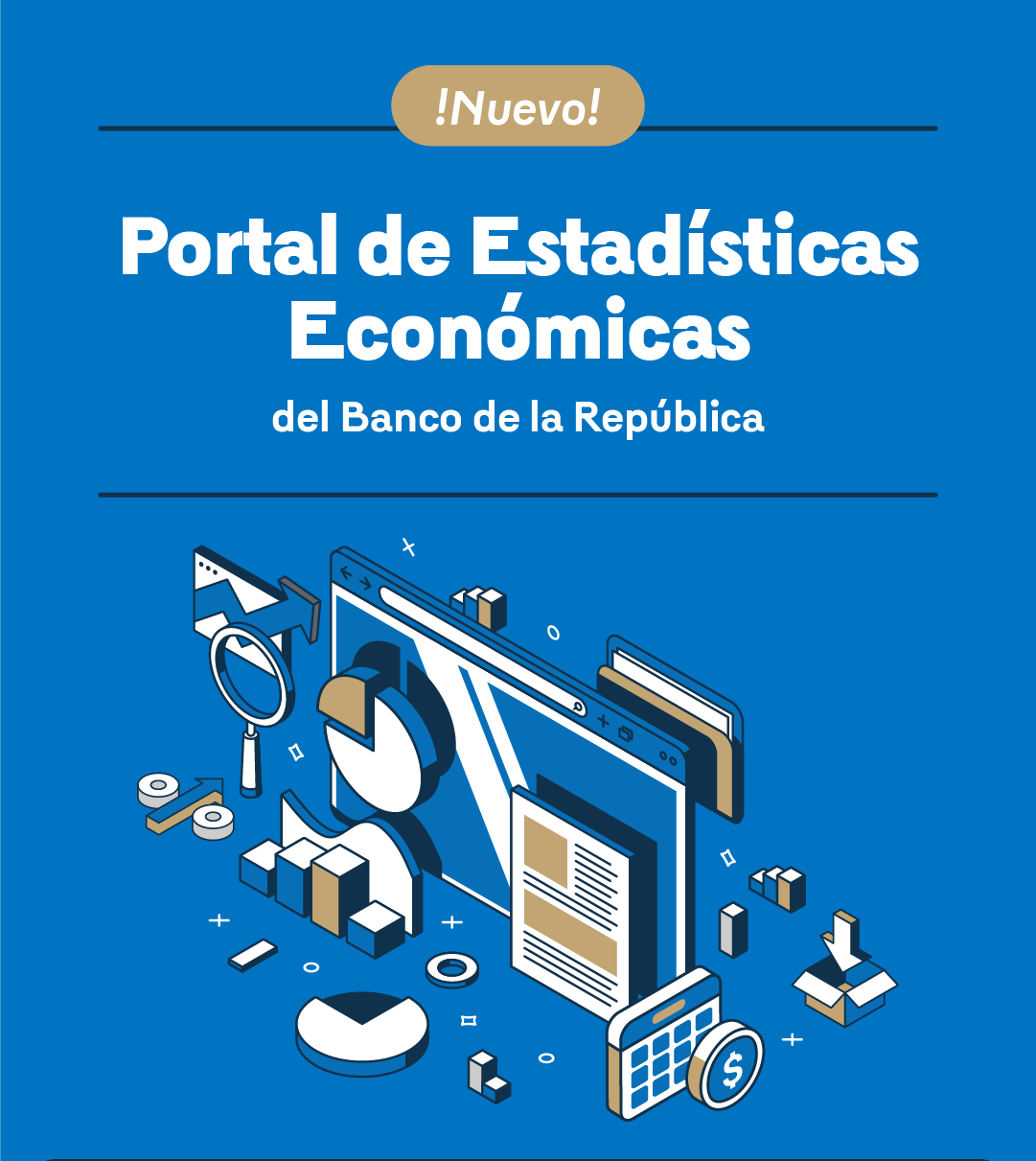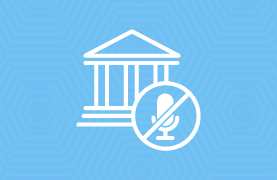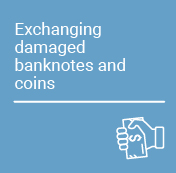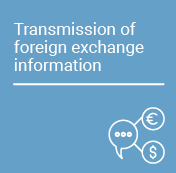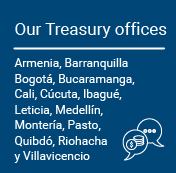Servicios
|
The recent financial crisis has renewed the interest of economists, both at the theoretical and empirical level, in developing a better understanding of credit and its mechanisms. A rapidly growing strand of the literature views banks as facing funding restrictions that condition their borrowing to…
|
|
We examine how liquidity is exchanged in different types of Colombian money market networks (i.e. secured, unsecured, and central bank’s repo networks). Our examination first measures and analyzes the centralization of money market networks. Afterwards, based on a simple network optimization…
|
|
This study provides new evidence on the relationship between abnormal loan growth and banks’ risk taking behavior, using data from a rich panel of Colombian financial institutions. We show that abnormal credit growth during a prolonged period of time leads to an increase in banks’ riskiness,…
|
|
Abstract
Although a sizable number of studies have been exploring the migration development nexus in international settings, there is still a reduced number on internal contexts in recent years. This research aims to estimate the causal effect of origin economic conditions on internal…
|
|
The opinions contained in this document are the sole responsibility of the author and do not commit Banco de la República or its Board of Directors.
|
|
Abstract
Conditional Cash transfer (CCT) programs have been shown to have positive effects on a variety of outcomes including education, consumption and health visits, amongst others. We estimate the long-run impacts of the urban version of Familias en Acción, the Colombian CCT program on crime,…
|
|
We use experimental data of a training program in 2005 in Colombia. We find that even up to ten years ahead, the JeA program had a positive and significant effect on the probability to work in the formal sector, and to work for a large firm. Applicants in the treatment group also contributed more…
|
|
A recent research paper by Carlos Medina and Christian Posso, senior economists at Banco de la República, explores the long-term effects of the Familias en Acción (FeA) program, a Colombian conditional cash transfer program. This type of program has become popular in developing countries since the…
|
|
This is the fourth edition of a publication by the Governor of the Central Bank of Colombia, addressed to citizens, analysts, and domestic and foreign investors interested in learning about the most recent events in the Colombian economy and their implications for monetary policy decision-making.…
|
|
The effects of unexpected job loss on the probability of participating in criminal activities are estimated in an article on lost jobs, credit, and crime in Colombia by Banco de la República’s researchers Carlos Medina and Christian Posso.
|
|
Luisa Fernanda is an economist with an undergraduate degree from the Universidad de los Andes and a master's degree in economic policy from Boston University (United States). She has worked in the public sector, particularly in the field of macroeconomics. Prior to her appointment as Financial…
|
|
This document presents an enhanced and condensed version of preceding proposals for identifying systemically important financial institutions in Colombia. Three systemic importance metrics are implemented: (i) money market net exposures network hub centrality; (ii) large-value payment system…
|
|
This paper presents a DSGE model with banks that face moral hazard in management. Banks receive demand deposits and fund investment projects. Banks are subject to potential withdrawals by depositors which may force them into early liquidation of their investments. The likelihood of this happening…
|
|
Presented during the 2021 Spring Meetings of the International Monetary Fund and the World Bank Group:
HSBC - IMF Spring Sessions (April 6th)
Goldman Sachs Emerging Markets Conference Spring 2021 (April 9th)
|
|
In the past decade the Colombian Economic Authorities undertook a series of measures that reduced the structural fiscal deficit, decreased the Government currency mismatch and deepened the local fixed-rate public bond market. This paper presents some evidence suggesting that these improvements had…
|
|
Abstract
The objectives of the study are, first, to build homogeneous and consistent series of macroeconomic savings and investment and their balances for the economy and institutional sectors of Colombia for the period 1975-2021. Second, describe the economic context in which they were observed,…
|
|
Presentation made at the XP Investimentos 13th Summit in parallel with the IMF/World Bank Spring Meetings. April 19th 2022.
|
|
Expositor:
Klaus Schmidt-Hebbel
|
|
A Constitutional Reform Bill is currently under consideration in the Congress of Colombia that would substantially increase the percentage of the nation's current revenues to be transferred to territorial entities. This proposal implies a transfer of responsibilities and competencies from the…
|
|
Abstract
|
|
Banco de la República (the Central Bank of Colombia) and the Network of Researchers in Economics of the Central Bank provide a Macroeconomics and Central Banking Online Course focused on transmitting and strengthening Colombian people’s knowledge of these subjects. It is a virtual program of open…
|
|
Abstract
When agents' information is imperfect and dispersed, existing measures of macroeconomic uncertainty based on the forecast error variance have two distinct drivers: the variance of the economic shock and the variance of the information dispersion. The former driver increases uncertainty…
|
|
Abstract
Portfolio diversification is as important to debt management as it is to asset management. In this paper, we focus on diversification of sovereign debt issuance through greater reliance on inflation-indexed bonds for a representative emerging economy, Colombia. Using an arbitrage-free…
|






